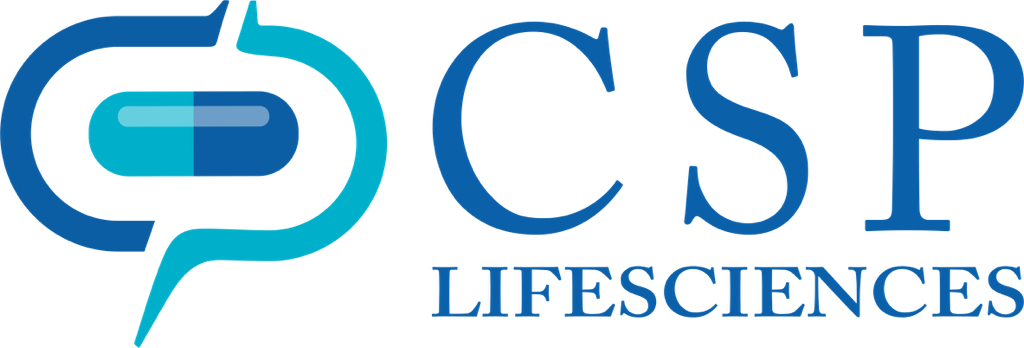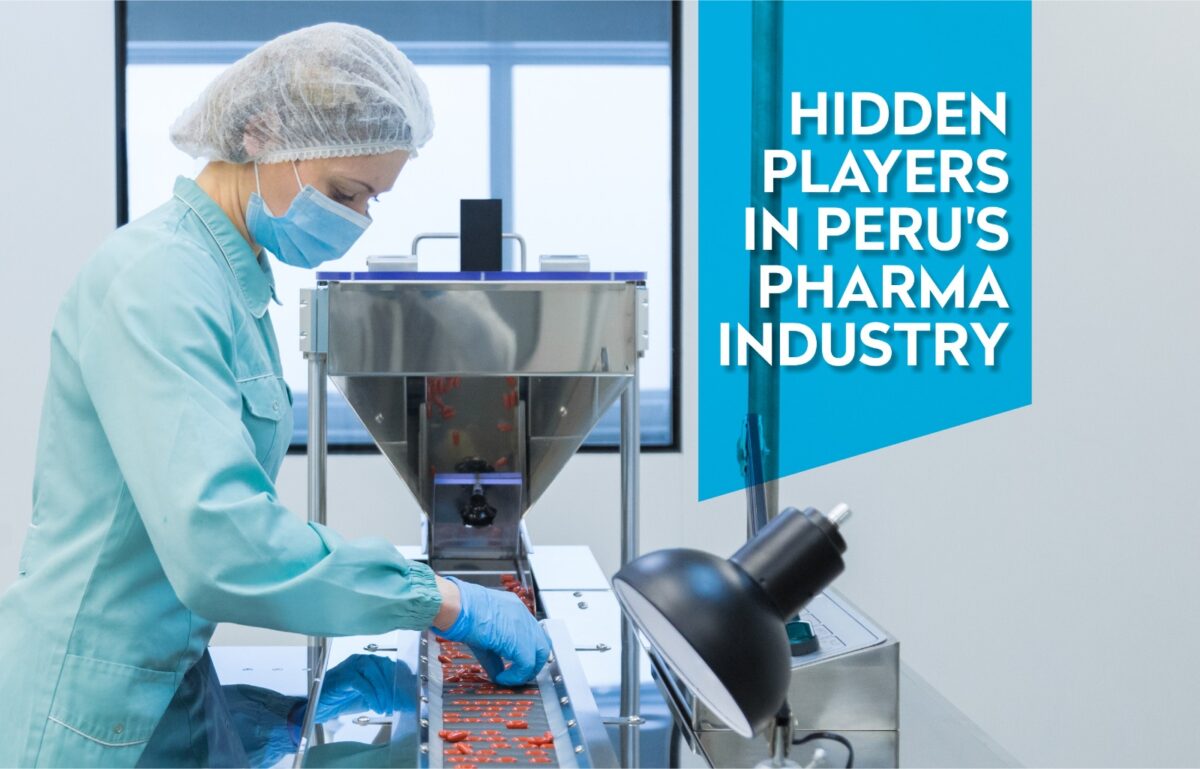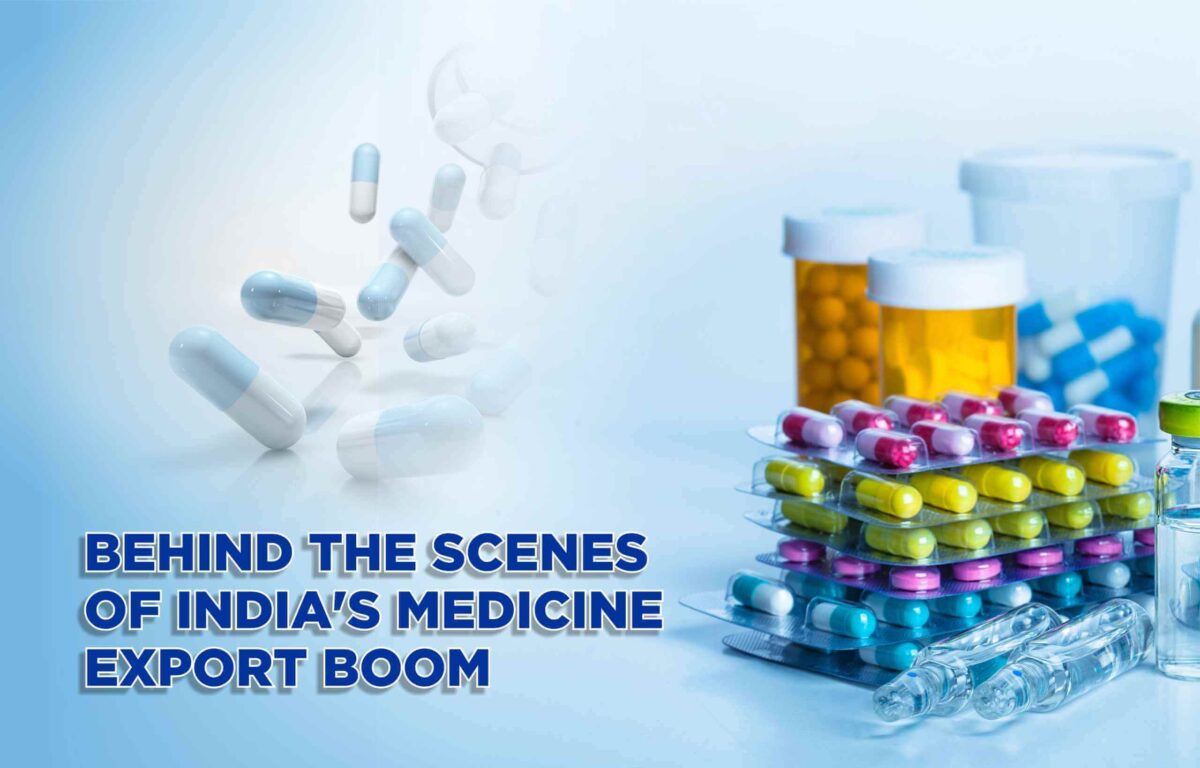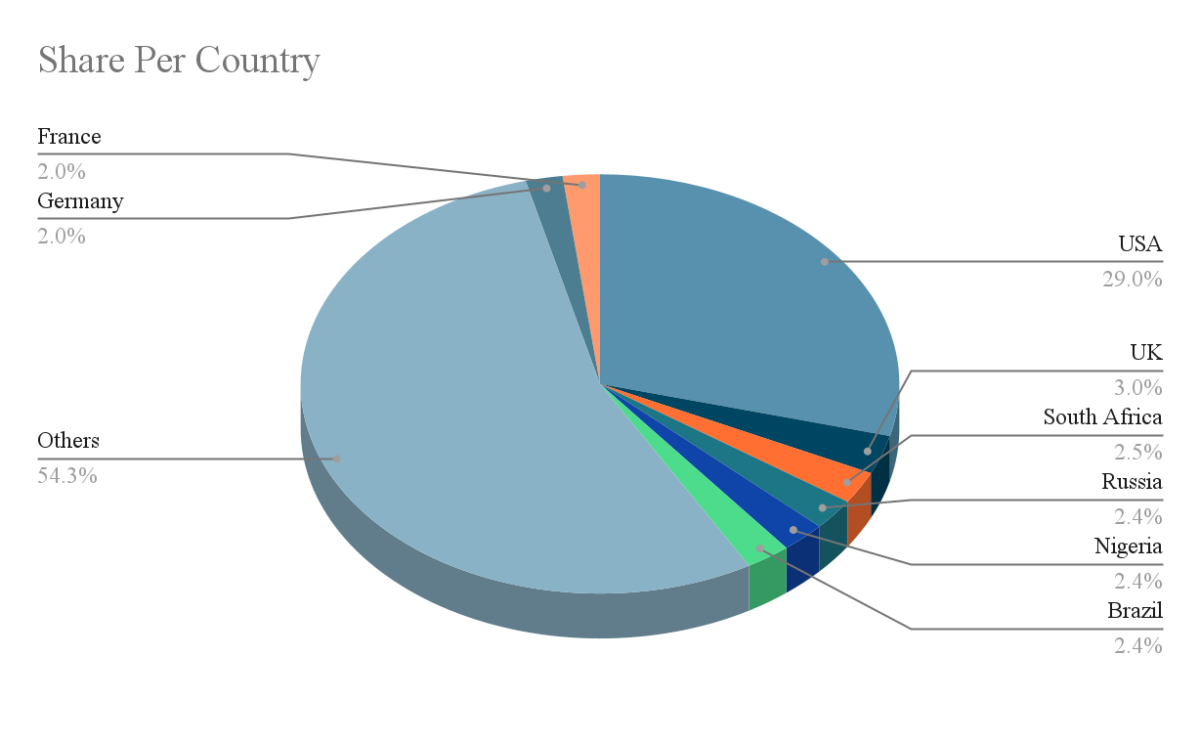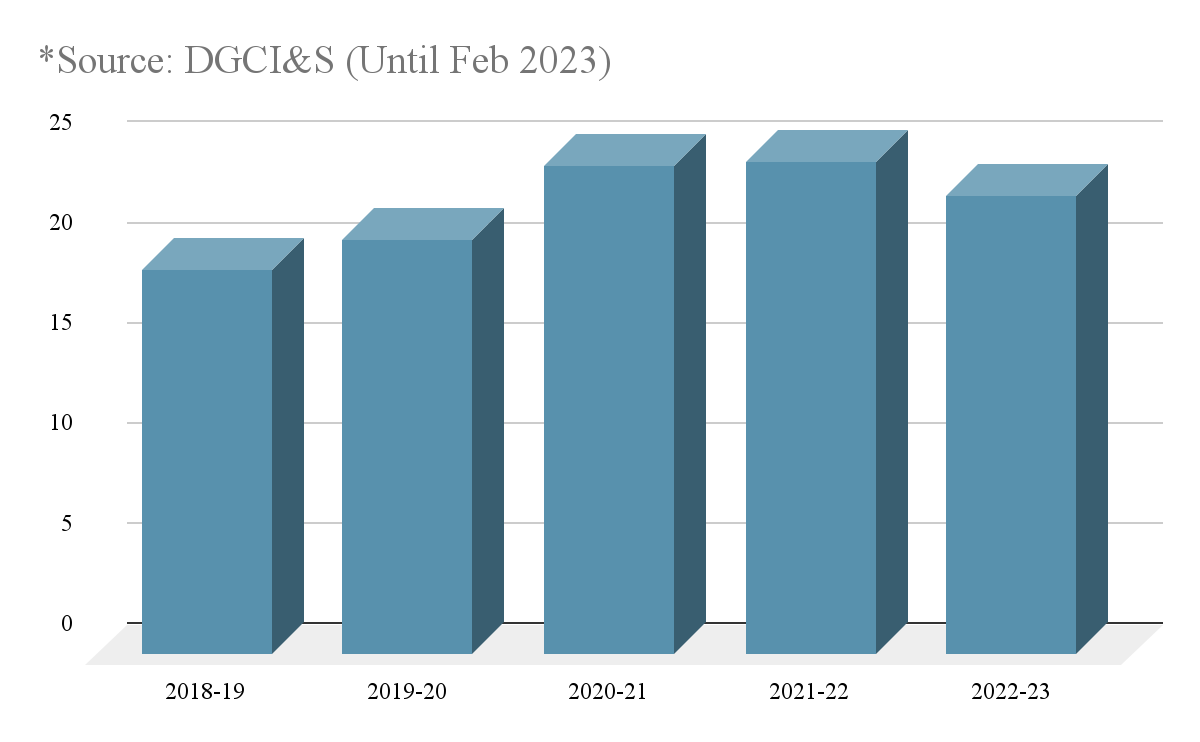Pharmaceuticals – the thing that holds the life-saving capabilities! Nowadays, without it, we can not even imagine our life. And, these life-saving pharmaceuticals must reach the people when in need; if not then what’s the use?
Pharmaceutical distributors in Peru, as in many other countries, bridge the gap between manufacturers and patients, ensuring that the right medicines reach the right patients at the right time and at the right place.
These undercover contributors do all the legwork to get pharmaceutical products to hospitals, pharmacies, and other healthcare providers. This includes sourcing, importing, storing, and distributing.
In this blog, we’re going to talk about how the pharmaceutical distributors in Peru are straight-up crushing it and making a huge difference in the country’s growth.
Overview of the Pharmaceutical Industry in Peru
Peru pharma market is on the rise, and it’s been steadily growing at about 10% every year since 2010.
There are a bunch of reasons why this is happening. Let us break some of them down for you:
|
Factors Driving Growth |
Predicted Future Outlook |
|
Rising healthcare expenditure |
Investment in research and development |
|
Government initiatives to promote healthcare |
Increased use of technology |
|
A growing population with increasing healthcare needs |
Expansion into international markets |
7 Benefits of Working with Pharmaceutical Distributors in Peru
Efficient Supply Chain:
Pharmaceutical distributors in Peru are like the glue that holds the whole industry together
They connect the pharmaceutical manufacturing companies in Peru with the healthcare peeps, making sure all the meds get where they need to go – fast and smooth – to pharmacies, hospitals, and clinics all over the country.
Product Expertise:
These distributors of pharmaceutical products are seriously on top of their game. They’re like experts or something beyond!
Since they know the pharma industry so well, they can give healthcare professionals some seriously helpful assistance in selecting the most suitable medications for their patients.
Geographical Reach:
Peru’s got a pretty diverse geographical landscape, which makes it tough to get medicine to everyone who needs it.
But, luckily, pharmaceutical distributors in Peru have set up some pretty amazing networks that can get those life-saving drugs to even the most far-out places. This means that people who might not have had access to medicine before can finally get the help they need.
Regulatory Compliance:
It’s a real headache for pharmaceutical companies in Peru to deal with all the rules and regulations set by the industry.
But thank goodness for the wholesale pharmaceutical distributors, they make sure everything is done right in full compliance with the law – from storing to shipping to handing meds out.
Risk Mitigation:
The world of pharmaceutical distribution is a complex one, fraught with risks at every turn. From temperature fluctuations to product damage, there are countless obstacles that can threaten the integrity of life-saving medications.
Established distributors employ advanced technologies to monitor and mitigate these risks. With their watchful eyes and expert care, they ensure that every pill, every vial, and every dose is delivered safely and securely to those who need it most.
Market Insights:
Pharmaceutical distributors in Peru are well in cahoots with all the major players in the healthcare system, giving them the inside scoop on market trends and demand.
This intel is like gold for pharmaceutical companies, helping them make savvy decisions about product development and sales.
Marketing and Promotional Support:
If you’re a healthcare provider in Peru, you can totally hit up pharmaceutical distributors for some sweet marketing and promo support.
This can help you get the word out about your services and bring in some new patients to help.
The Challenges and Opportunities for Pharmaceutical Distributors in Peru
So, till now, the pharmaceutical distribution game in Peru is looking good, but there are also some obstacles that need to be tackled with some smart moves and some promising opportunities that need to be seized. Let’s have a look!
Challenges:
- Competition from international distributors
- Regulatory compliance hurdles
- Infrastructure challenges
Opportunities:
- Growing demand for pharmaceutical products
- Expanding healthcare system
- Increased investment in the pharmaceutical industry
How to Choose the Right Pharmaceutical Distributors in Peru
Picking the right pharmaceutical distributor in Peru is a big deal and can totally affect how well a pharma company does. Check out these important things to think about:
Reputation and Experience:
When you’re looking for distributors, make sure they’re the real deal and have a good track record of working well in the field. Experience is key because it means they know the market like the back of their hand, including all the challenges.
Regulatory Compliance:
Make sure the distributor is on top of the game when it comes to Peru’s pharmaceutical regulatory compliances and is totally down to follow them.
Technological Capabilities:
Request information on the distributor’s technological infrastructure, with a particular focus on their cold chain management capabilities and real-time tracking of shipments.
Geographical Coverage:
Check out how far the distributor can go, especially if your products need to get to far-off or hard-to-reach places.
Customer Support:
It’s super important to have excellent communication and support when dealing with a pharmaceutical distributor in Peru. Ensure that if any problems come up, they can handle them right away.
Value-Added Services:
Some distributors hook you up with extra perks like dope market insights, warehousing, and keeping your inventory in check. Evaluate whether these align with your company’s needs and ask the distributors if they provide these services.
How to Stay Up-to-Date on the Pharmaceutical Industry in Peru
There are a bunch of ways to keep up with what’s going down in the pharmaceutical industry in Peru. Check it out, here are a few ways:
- Attending industry events
- Reading industry publications
- Networking with other pharmaceutical professionals
- Following industry news and trends
CSP Lifesciences – Trusted Pharmaceutical Distributors in Peru
With years of industry expertise, CSP Lifesciences is the leading pharmaceutical distributor in Peru, guaranteeing the delivery of life-saving medications to every nook and cranny of the nation.
Our commitment to innovation, advanced technologies, and last-mile solutions sets us apart, ensuring that the quality and integrity of the medications remain intact throughout their journey. Our esteemed reputation, comprehensive knowledge of the local market, and adherence to international standards position us as the foremost option for pharmaceutical distribution in Peru.
Collaborating with us guarantees more than just efficient logistics – it means actively contributing to a healthier tomorrow for the nation. Come aboard and help us enhance healthcare accessibility, and experience the CSP Lifesciences difference.
Conclusion:
The pharmaceutical distributors in Peru play a vital role in the healthcare industry, facilitating the seamless connection between healthcare professionals and life-saving medication.
The selection of a suitable pharmaceutical distributor is a strategic decision that significantly impacts the success of pharmaceutical companies. Factors such as reputation, experience, regulatory compliance, and technological capabilities are all crucial considerations in this regard.
CSP Lifesciences, being the leading pharmaceutical distributor in Peru, embodies the highest standards of excellence in the industry. With a well-established history of success, a deep understanding of the local market, and a steadfast dedication to innovation, CSP Lifesciences not only guarantees efficient distribution but also makes a significant contribution to the enhancement of healthcare accessibility.
